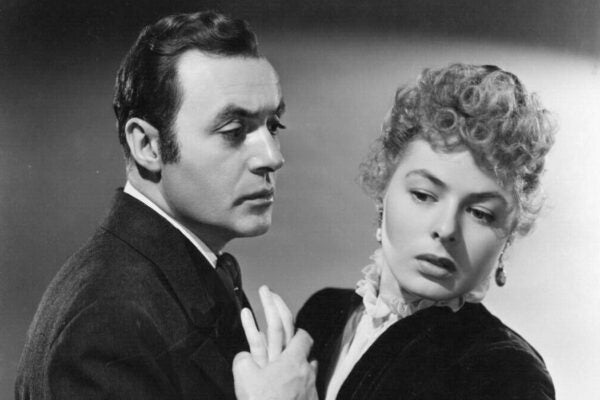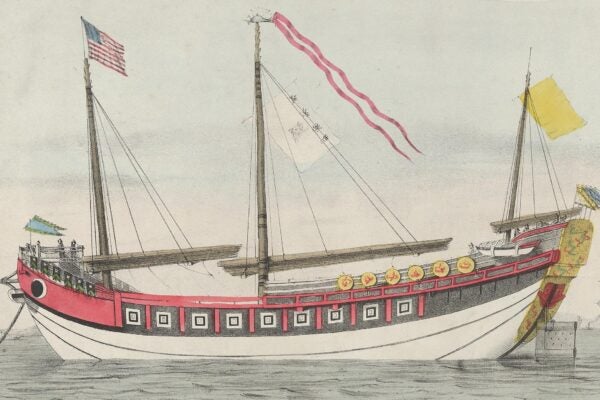At the dawn of the twentieth century, Americans generally saw advertising as an embarrassing field, for both those who worked within it and companies that made use of its services. Just two decades later, that had changed completely—so much so that in 1926, President Coolidge described advertising as part of the “increasing progress of civilization.”
As sociologist Daniel Navon writes, the shift was less about any proven ability of advertisers to spur economic flourishing and more about the way the industry redefined itself—with the support of federal and state governments.
Navon notes that many historical accounts take a functional view of the rise of advertising—companies adopted ads because they worked. But, citing the work of journalist Michael Schudson, he argues that it isn’t clear this is true. There’s little evidence that advertising changes consumer behavior on a large scale or that the methods professionals use to demonstrate an ad campaign’s value are scientifically valid.
So why did buying ads become a nearly universal practice among consumer-facing American corporations? Navon frames the question by looking at the 1924 International Advertising Convention, which brought a large contingent of American advertisers to London. At the time, the United Kingdom had not adopted mass advertising the way the US had, so the American admen offered a blueprint.
This started with the importance of “Truth in Advertising.” Since the nineteenth century, the American industry had worked to rid itself of the stigma associated with false advertising for products like patent medicines. This involved establishing a code of conduct for admen and calling out fraudsters. When self-policing proved insufficient, the industry helped pass Truth in Advertising laws in states across the country. The National Vigilance Committee created by the Associated Advertising Clubs of America pursued scofflaws, taking on thousands of cases a year in some cities by the mid-1930s.
A second theme of the conference was the targeting of ads, a problem that demanded a whole infrastructure of circulation data and audience demographics. To make smart choices, the American advertisers explained, businesses had to rely on collaboration with newspaper publishers, state universities, and government agencies that systematically collected relevant data.
Weekly Newsletter
The Americans also emphasized the importance of promoting advertising as a long-term investment for a business. Ads should aim not just to sell a particular product but to build goodwill for the company. In the early 1920s, American ads increasingly focused not on informing consumers about a new, improved, or cheaper product but on building brands’ reputations. Again, the federal government was a key partner. By enforcing trademarks, it gave corporations control over a public identity that represented a bankable “goodwill” asset on their balance sheets.
Another key role the government played happened during World War I, when it hired advertising professionals to sell the war to the public. These campaigns established the norm of finding advertising everywhere from posters on city streets to the radio waves.
By the 1920s, leaders like Coolidge could speak with pride about the advertising industry that they had played a role in creating.







